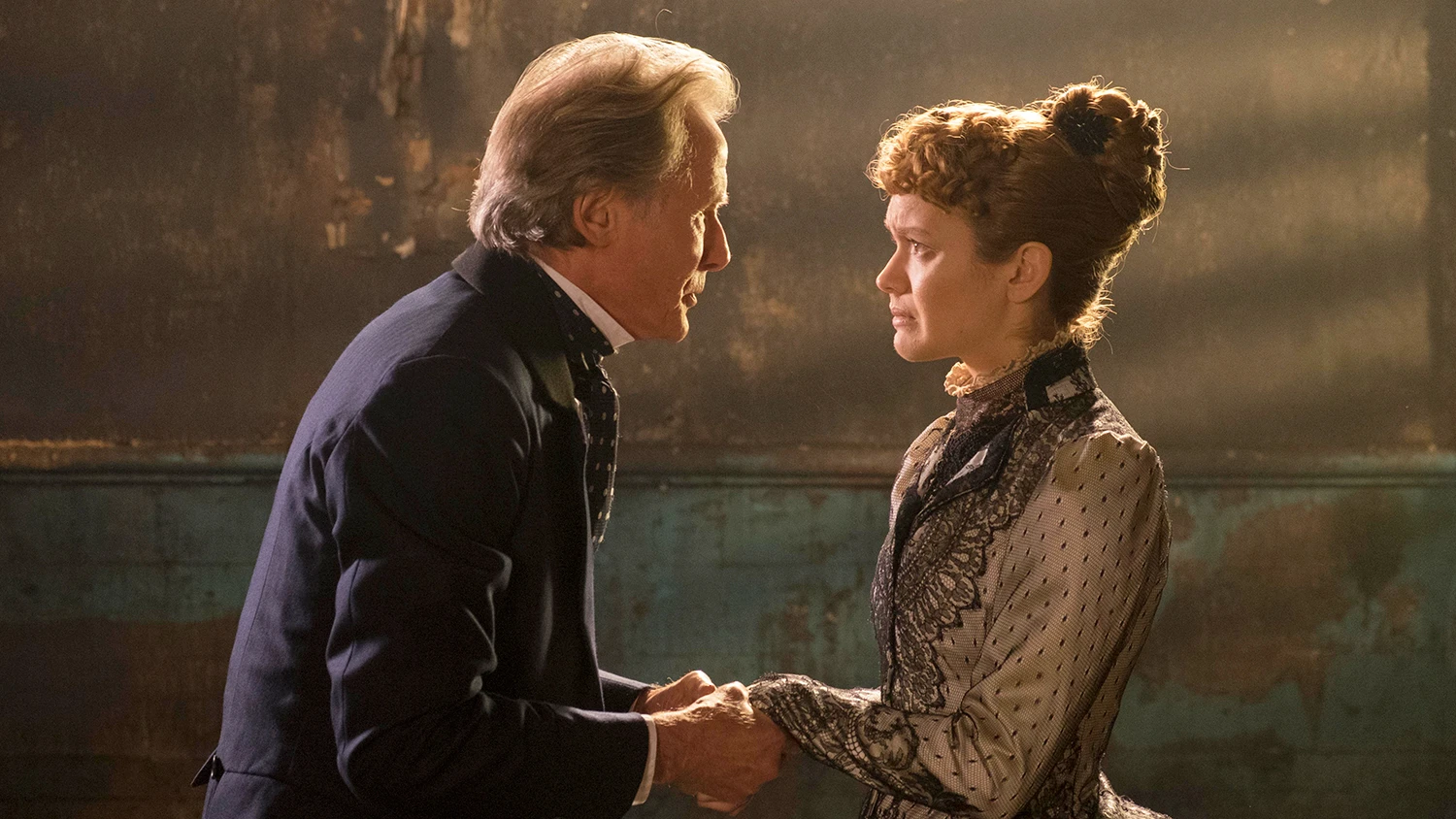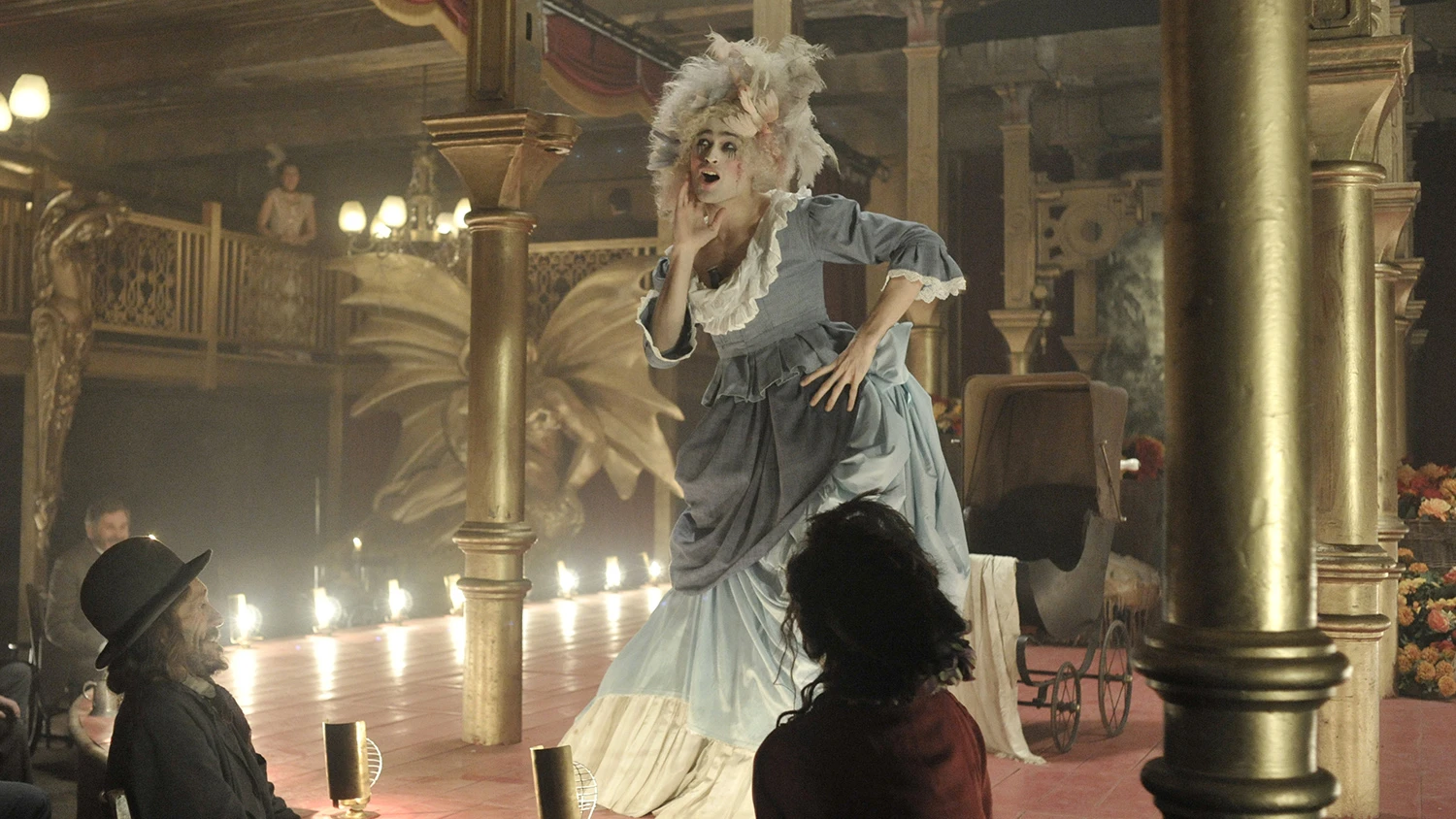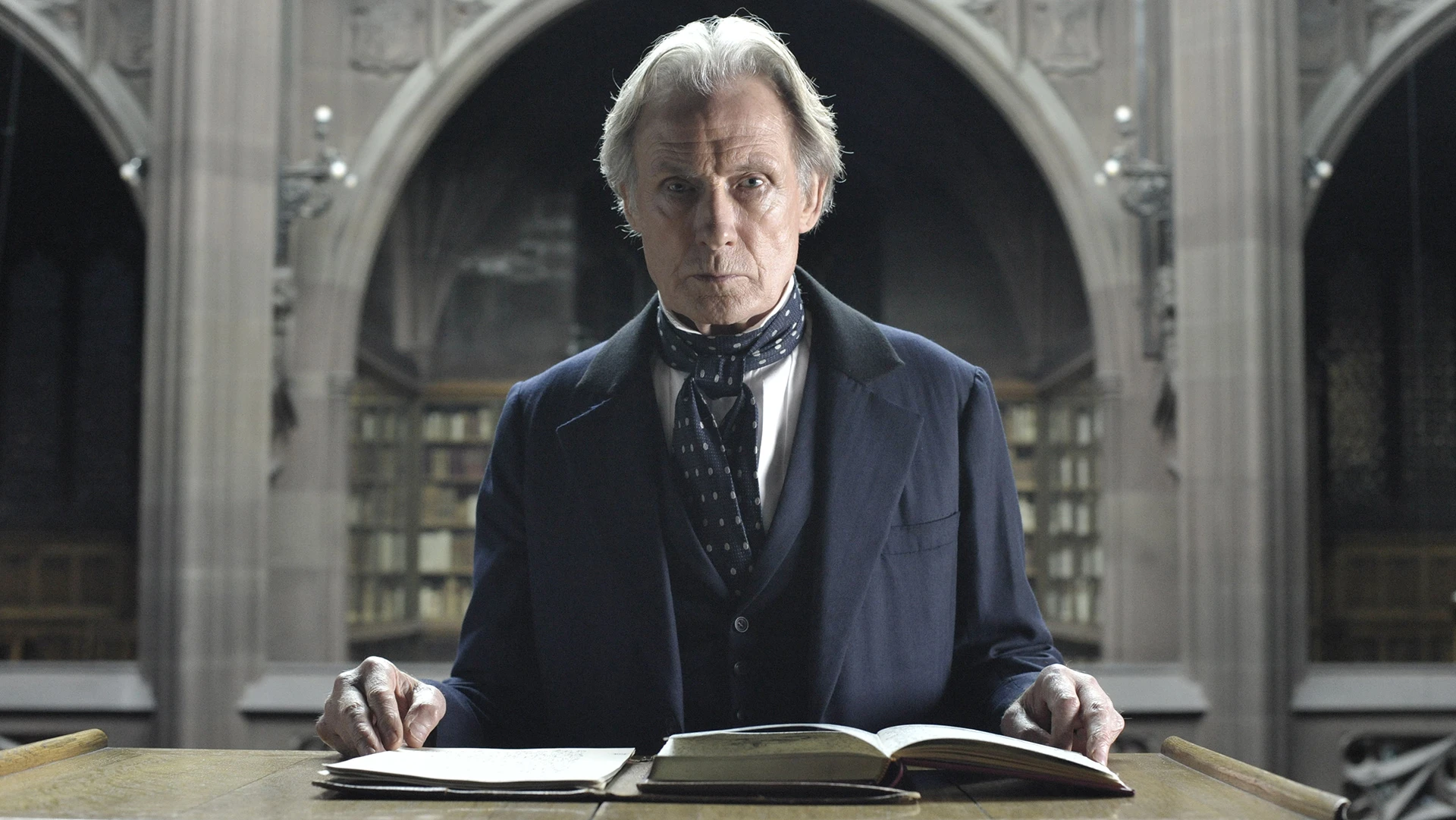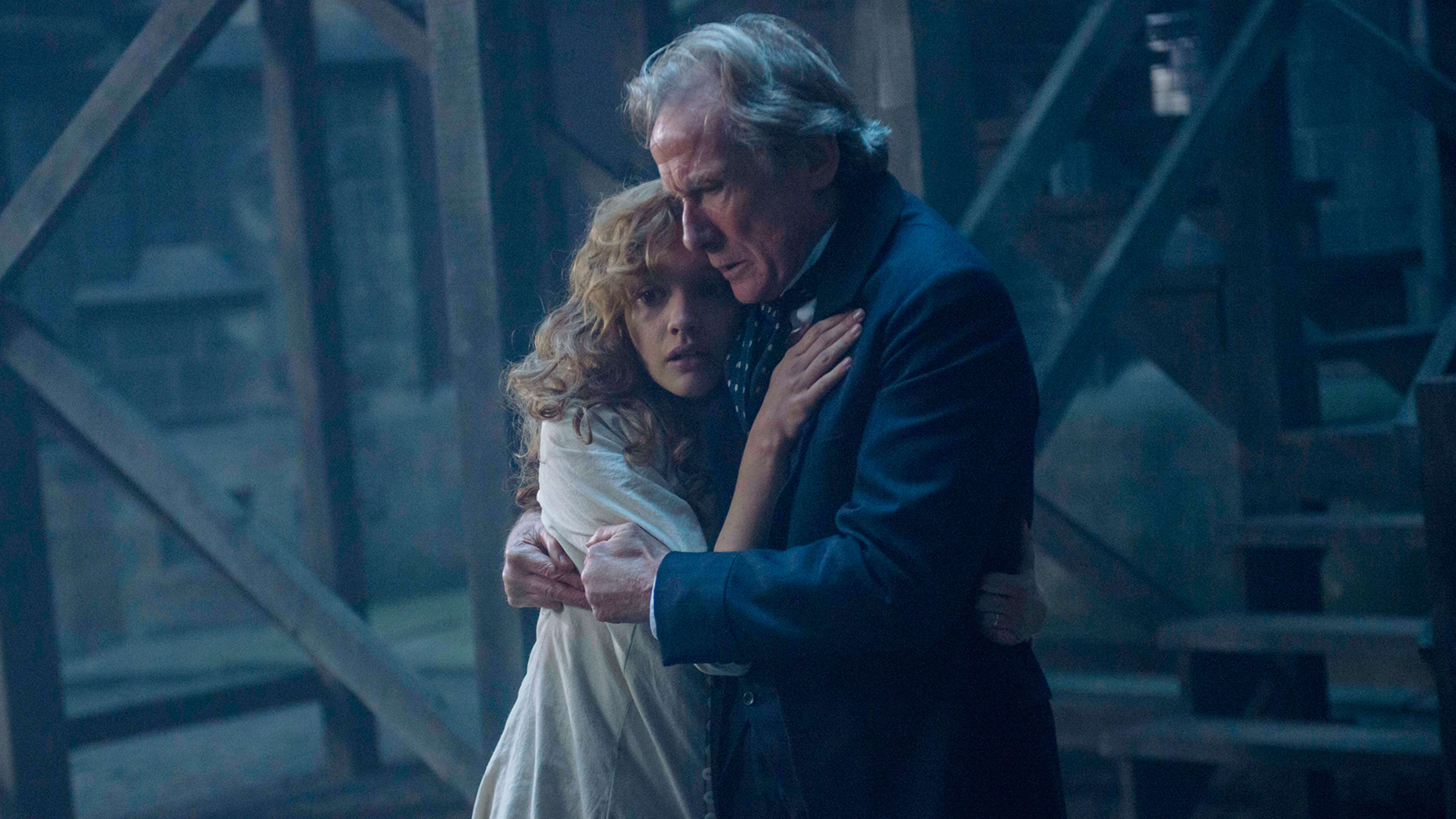The average novel takes at least 10 hours to read. So how is it possible that movie adaptations cram all that material into an hour and forty-five minutes?
Welcome to the world of adapted screenwriting. It’s a storytelling puzzle with an entirely different set of challenges than an original screenplay. One of the most reliable writers working in the field is Jane Goldman, the narrative wizard behind such scripts as Kick-Ass, X-Men: First Class, Kingsmen, and The Limehouse Golem, now in theaters and streaming on Amazon. Her work runs the gamut of novels, legacy comic books, and acclaimed graphic novels. Although she’s also dabbled in original screenplays, nonfiction books, and novels, film adaptations are Goldman’s mainstay—and they’re what she’s been writing since she first broke into the business.
In the late-’80s, a teenage Goldman was leaning toward a career in journalism. She spent a summer hanging out in the lobby of her favorite music magazines, like Total Guitar, and begging the editors to let her write an album review. Somehow, the ploy worked. She got offered a writing job right out of high school and blew off college.
“I figured I would only be back after two years and trying to get the same job,” Goldman says.

“I love that it’s a combination of craft and imagination,” Goldman says. “Maybe it’s coming from a nonfiction background, but I love the challenge of figuring out how to translate something written into the language of film.”
The translation starts with becoming intimately familiar with the source material. Goldman reads whatever she’s adapting twice before putting any words of her own on the page. The first read-through is about trying to experience the book as a reader. She scribbles down thoughts as they arrive, but primarily, she just lets the book wash over her. For the second read, she takes meticulous notes. She excavates the full skeleton of the story and comes up with ideas on how to flesh it out. Although she usually re-reads the novel later on with fresh eyes to make sure she didn’t miss anything, two times is enough to get started.
“I like to break down the source material and take it apart so I can see how movie-shaped it is,” she says. “It’s technical tinkering. I’m looking at structure and the challenge of translation: How can I get across that this scene made me feel like this? And what’s the equivalent in cinema?”
Every book has its own set of difficulties. Some are too long and need paring down. These instances require tuning into the key moments readers love most and capturing the tone and mood of the book. Others are not long enough. Perhaps they’re novellas or novels that seem to have no third act and need one that doesn’t feel tacked on. In these cases, it’s Goldman’s job to add connective tissue to the story and make it feel of a piece with the whole. Other times, the problem is pacing. The book may simply not have the difficult-to-articulate rhythm of movie storytelling. In these cases, Goldman just looks for moments to either condense or expand accordingly to create the appropriate rhythm.
Her greatest adaptation challenge was her latest film, The Limehouse Golem, directed by Juan Carlos Medina.

The book, Dan Leno and the Limehouse Golem by Peter Ackroyd, is a gothic thriller set in a theater community in Victorian London, where a series of brutal killings lead people to conclude that a mythical golem might be responsible. (Spoiler alert: It’s not.) One-third of the novel is told in the form of the killer’s diary before a big reveal flips the killer’s identity entirely. The middle third of the novel covers the same stretch of events and is narrated by one of the main characters. The final chunk of the book is an omniscient view of the ongoing investigation.

The solution she landed on was to take the character Detective Kildare, who is a relatively minor figure in the book, and move him closer to center-stage. (He’s played by Bill Nighy.) By fleshing out Kildare and having him interact with everybody, Goldman was able to give the movie a more traditional structure: The detective reads the killer’s diary and imagines each suspect commit the unspeakable acts described therein. Goldman preserved the final revelation, as well as the audience’s trust—a cardinal rule in writing any movie.

Recognize your brand’s excellence by applying to this year’s Brands That Matter Awards before the early-rate deadline, May 3.
